Introduction
Nestled in the heart of China, Beijing isn’t just a city of ancient history and towering modern skyscrapers—it’s a culinary paradise where royal traditions meet street – food flair. From crispy Peking Duck to sweet, sticky Ai Wowo, Beijing’s food scene tells stories of emperors, artisans, and everyday locals. Whether you’re a tourist hunting for “Beijing restaurant near me” or a foodie eager to explore “Beijing Chinese food,” this guide will walk you through the top 10 must – try delicacies that make Beijing a global food destination. Let’s dig in!
1. Peking Duck – The Unofficial National Dish
No article about “Beijing food” is complete without starting with **Peking Duck**—arguably China’s most famous dish. As the top Google results note, there’s a saying: “Visitors to Beijing must do two things: climb the Great Wall and eat Peking Duck.”
- What makes it special? The duck is roasted to golden – brown perfection, with skin so crispy it crackles, and meat so tender it melts in your mouth.
- Cooking secrets: At legendary spots like *Quan JuDe*, ducks are roasted over fruit – tree wood (think pear or apple) for a smoky, sweet flavor. At *Bian Yi Fang*, they use closed ovens fired with crop stalks for a slightly different crunch.
- Where to try it: Head to Qianmen, Hepingmen, or Wangfujing districts, where iconic restaurants have served this dish for over a century.
Pro tip: Wrap thin slices of duck in warm pancakes with scallions, cucumber, and sweet bean sauce—pure heaven!
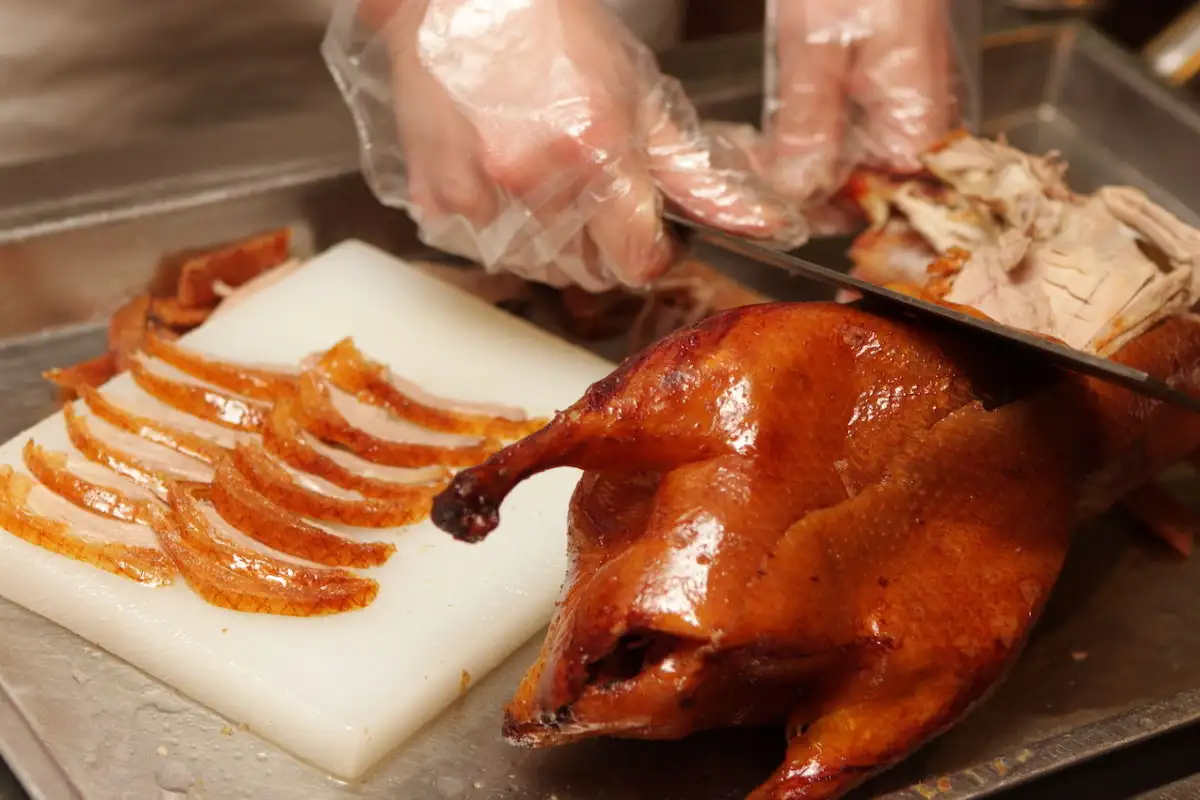
2. Royal Court Cuisine – Tasting Imperial Luxury
For 800 years, Beijing was China’s capital, and its kitchens once catered only to emperors and their courts. Today, “Beijing menu” at select restaurants lets you taste this royal heritage.
- What to expect: Dishes are elaborate, using rare ingredients like bird’s nest or abalone, and presentation is an art—think delicate carvings and vibrant colors.
- Top spots:Fang Shan in Beihai Park and Ting Li Guan in the Summer Palace are famous for reimagining imperial recipes. As Google results mention, these restaurants “lay great emphasis on ambiance,” with traditional decor that transports you back to the Qing Dynasty.
Fun fact: Even the plates and bowls are often antiques or replicas of royal tableware!
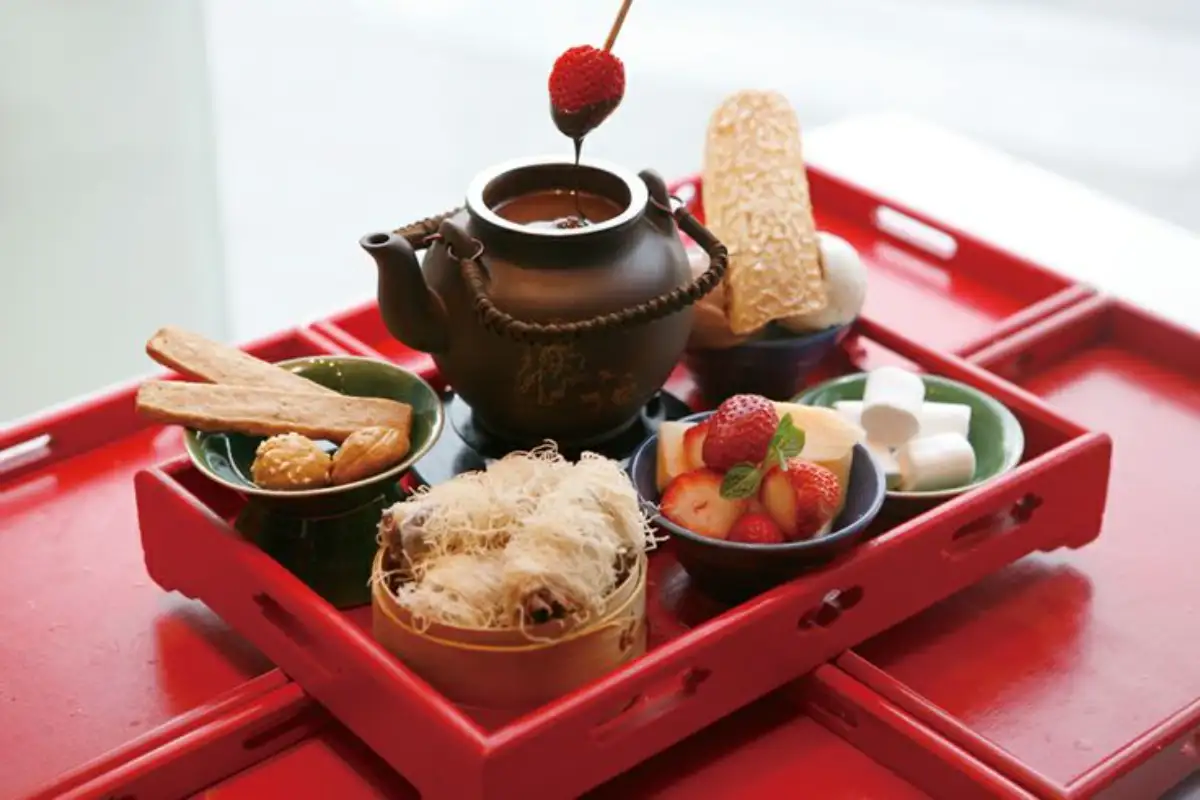
3. Man Han Quan Xi (Manchu – Han Feast) – A Feast Fit for Emperors
Ever wondered what a 108 – course meal looks like? The Man Han Quan Xi (Manchu – Han Feast) is the ultimate display of Beijing’s culinary ambition, blending dishes from China’s Manchu and Han ethnic groups.
- A taste of history: In 1993, 35 tourists dressed as Qing emperors and concubines dined on this feast at Fang Shan Restaurant (as noted in top search results). It’s that iconic!
- What’s on the menu? Expect everything from shark fin soup to braised deer tendon—each course is a symbol of prosperity and luxury.
- Where to experience it: Only a few high – end restaurants in Beijing offer this feast, so book in advance if you’re up for the challenge!
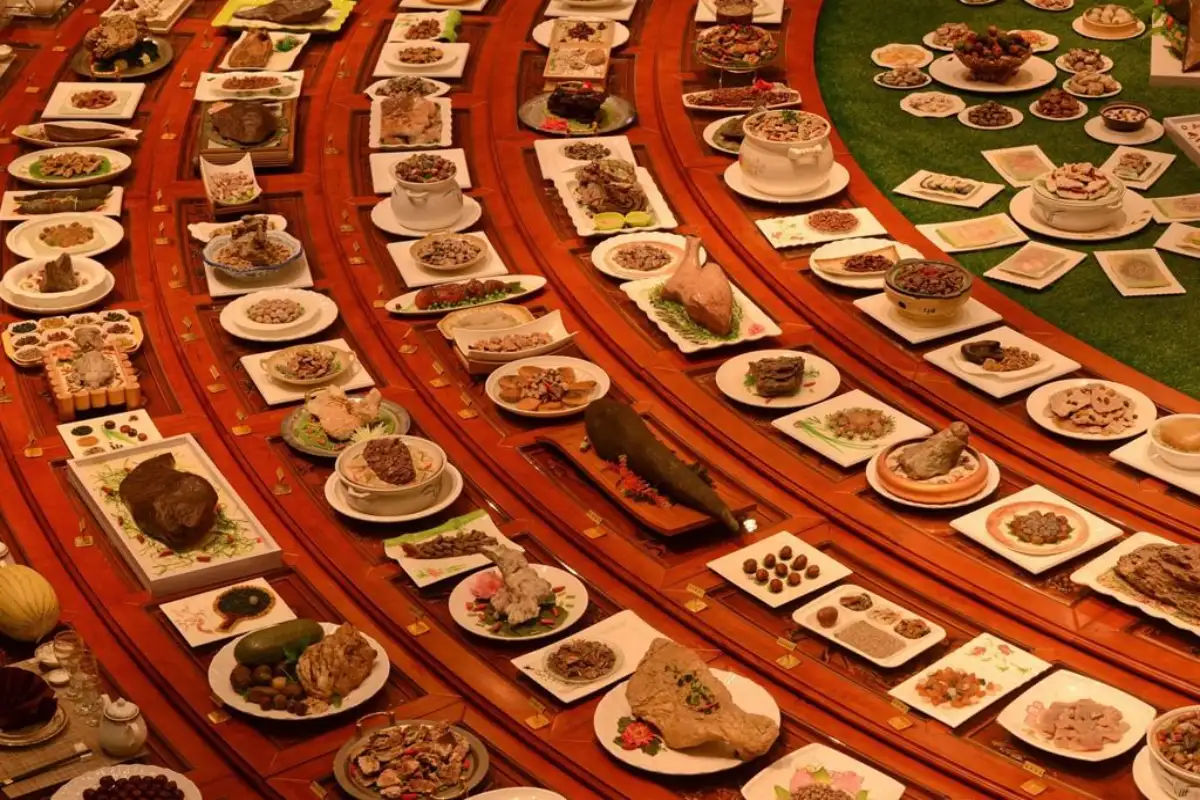
4. Zhajiangmian – Noodles with a Savory Punch
While royal dishes steal the spotlight, Beijing’s street food is equally beloved. Zhajiangmian (炸酱面) is a hearty noodle dish that’s a staple in local “Beijing kitchen” menus.
- The lowdown: Thick, chewy noodles are tossed with a rich, salty sauce made from fermented soybean paste (zhajiang) and stir – fried pork. Toppings like cucumber, bean sprouts, and pickled radish add crunch.
- Where to find it: Small family – run eateries and night markets (try Wangfujing Snack Street!) serve this budget – friendly favorite.
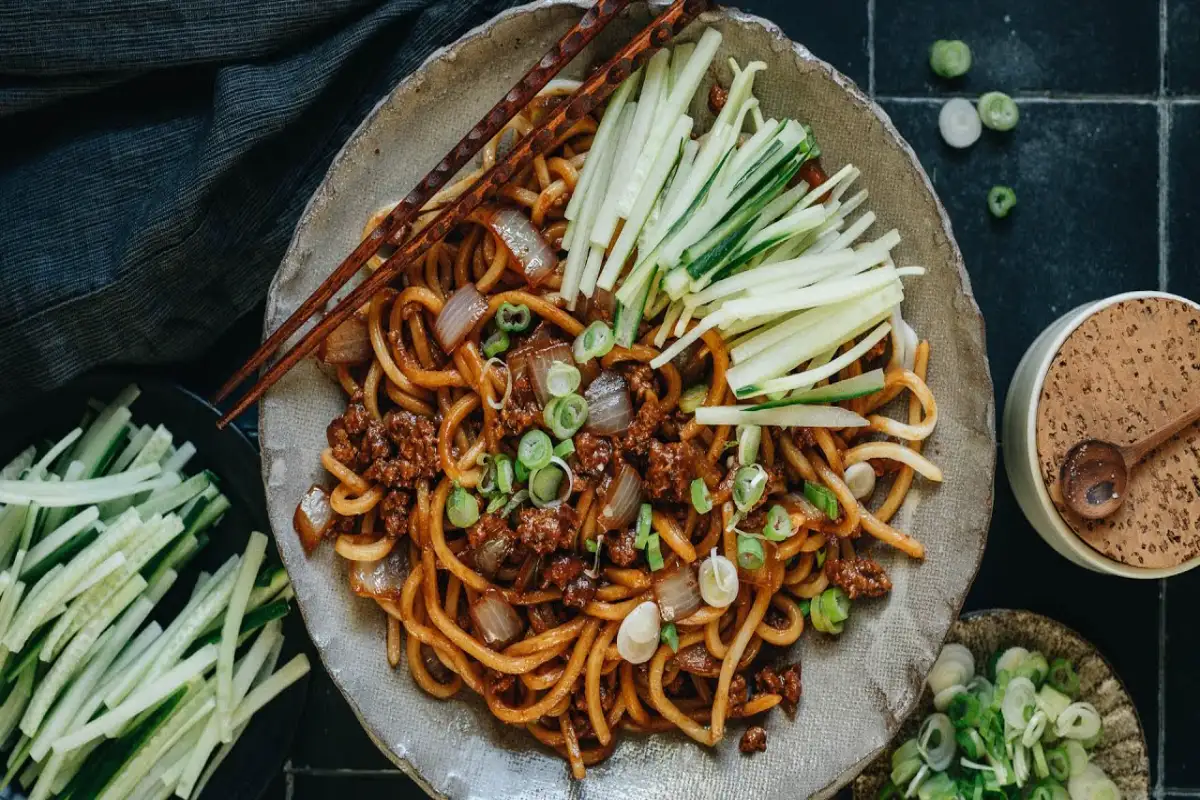
5. Jiaozi – Beijing’s Cozy Dumplings
No matter the season, jiaozi (dumplings) are a comfort food classic in Beijing. These stuffed parcels are often linked to festivals (like Lunar New Year) but are enjoyed year – round.
- Varieties: Pork and cabbage, shrimp and chive, or even sweet red bean—there’s a jiaozi for every taste.
- Best spots: Look for “Beijing restaurant” signs in hutongs (traditional alleyways), where homemade jiaozi are boiled or pan – fried to perfection.
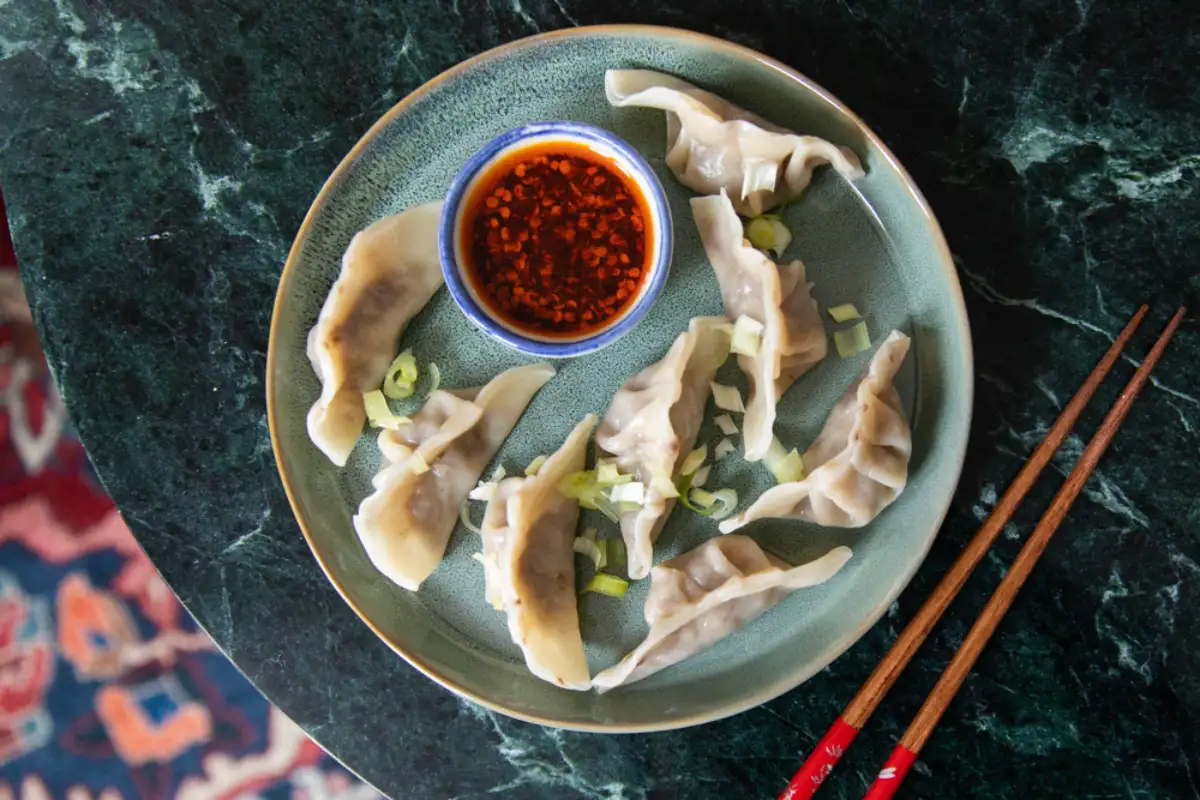
6. Douzhi – An Acquired Taste, but Worth It
If you’re feeling adventurous, try douzhi (豆汁)—a fermented mung bean drink that’s a polarizing favorite among locals.
- What it’s like: It smells slightly sour (like old tofu) but has a tangy, refreshing flavor. Locals often pair it with jiaohuoshao (crispy fried bread) to balance the taste.
- Cultural significance: It’s been a breakfast staple for over 300 years, so trying it is like sipping a cup of Beijing’s history.
- Where to try: Old – style teahouses in Qianmen, like *Lao She Teahouse*, serve it alongside traditional snacks.
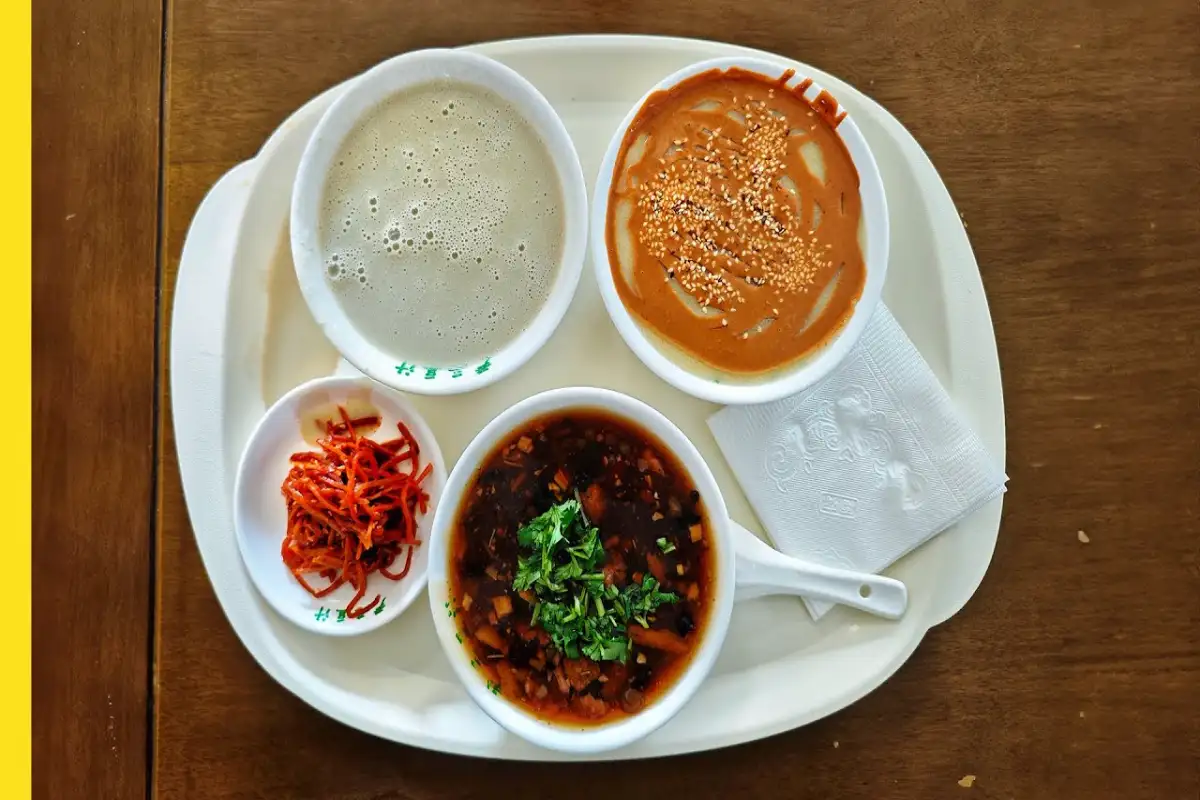
7. Lu Zhu Huoshao – Hearty Pork and Pastry
For a warm, filling meal, Lu Zhu Huoshao (卤煮火烧) is a go – to. This dish combines stewed pork intestines, lungs, and tofu in a spicy, savory broth, served with huoshao (baked flatbread).
- Why it’s loved: It’s a “working – class hero” of Beijing food—hearty, affordable, and perfect for cold winter days.
- Where to find it: Street vendors and small “Beijing kitchen” spots in neighborhoods like Dashilanr serve this no – frills favorite.
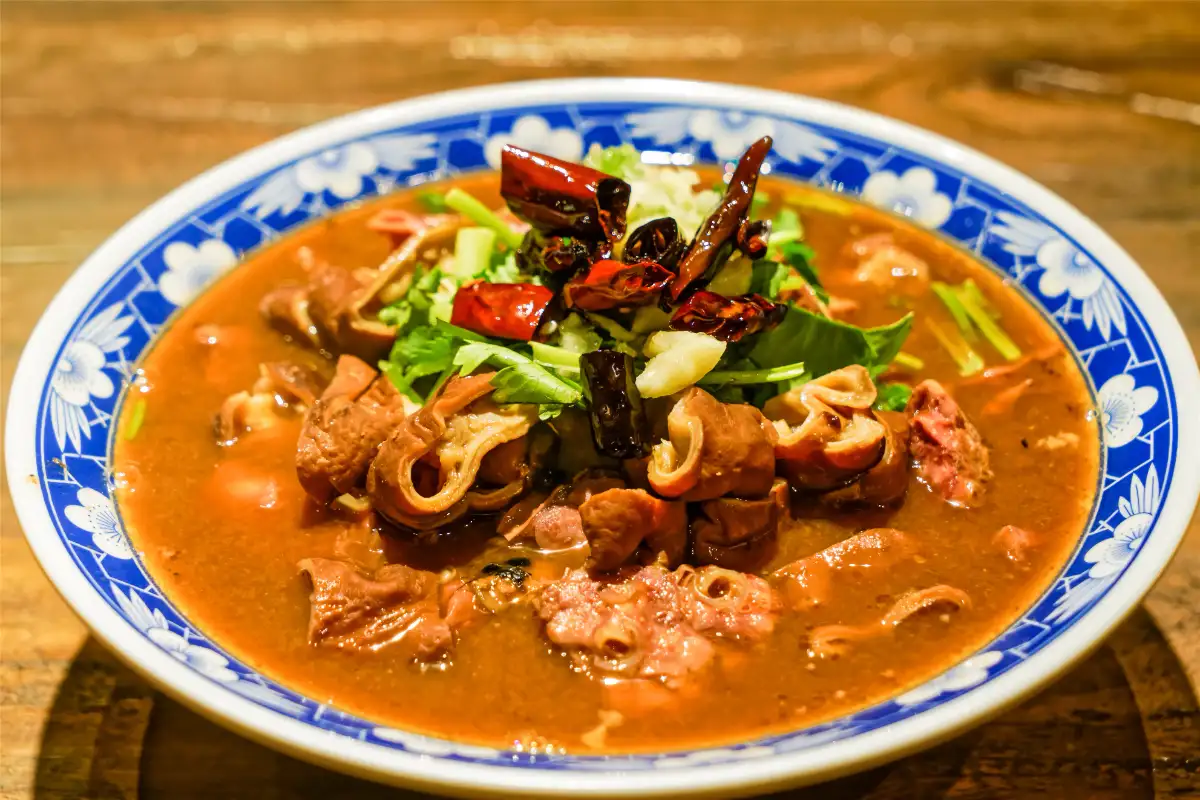
8. Ai Wowo – Sweet Sticky Delight
Craving something sweet? Ai Wowo (艾窝窝) is a traditional snack with a soft, chewy texture and sweet filling.
- How it’s made: Glutinous rice is steamed, rolled into balls, and stuffed with red bean paste, sesame, or nuts.
- Origins: Legend says it was a favorite of imperial concubines—now it’s a hit at Beijing’s temple fairs and dessert shops.
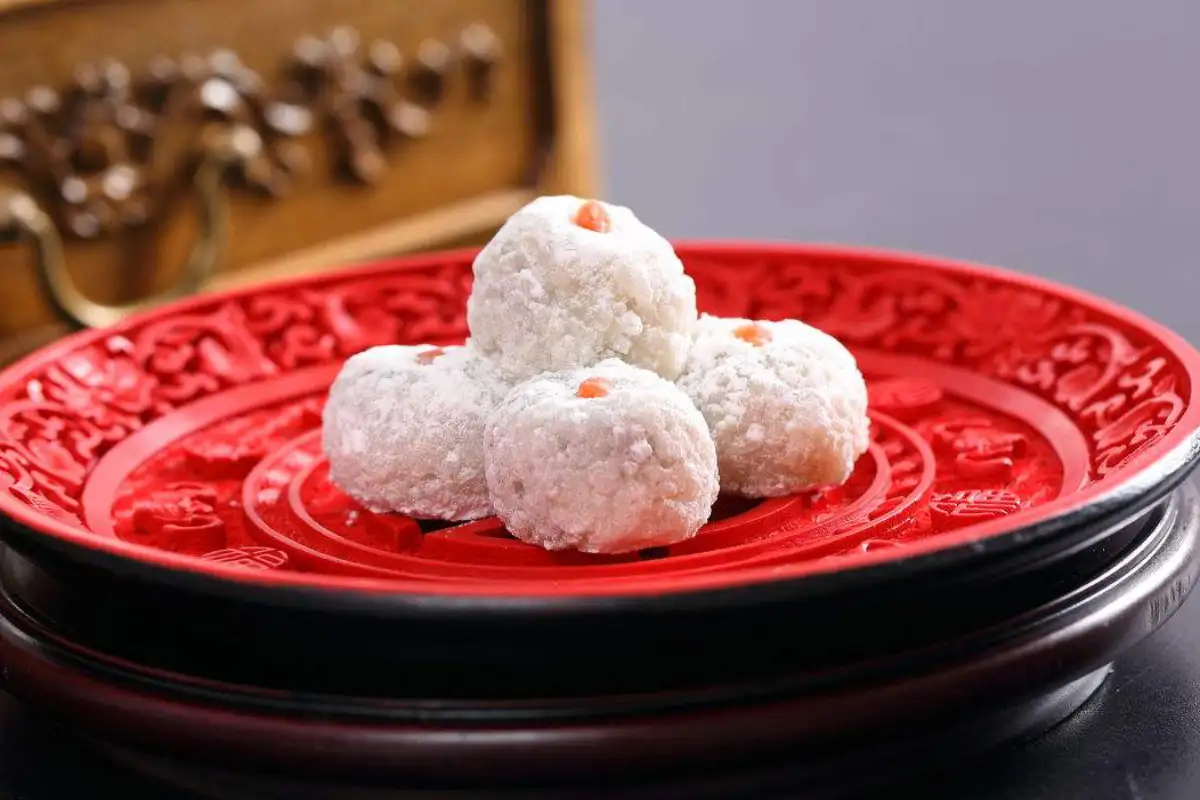
9. Tanghulu – Crunchy Fruit on a Stick
Kids and adults alike love Tanghulu (糖葫芦)—fresh fruit (usually hawthorn, but sometimes strawberries or grapes) skewered on a stick and coated in a hard sugar shell.
- Why it’s special: It’s like a Chinese lollipop—crunchy, tart, and sweet all at once.
- Best time to try: Look for vendors in winter, when it’s a popular snack to warm up with while strolling Beijing’s streets.
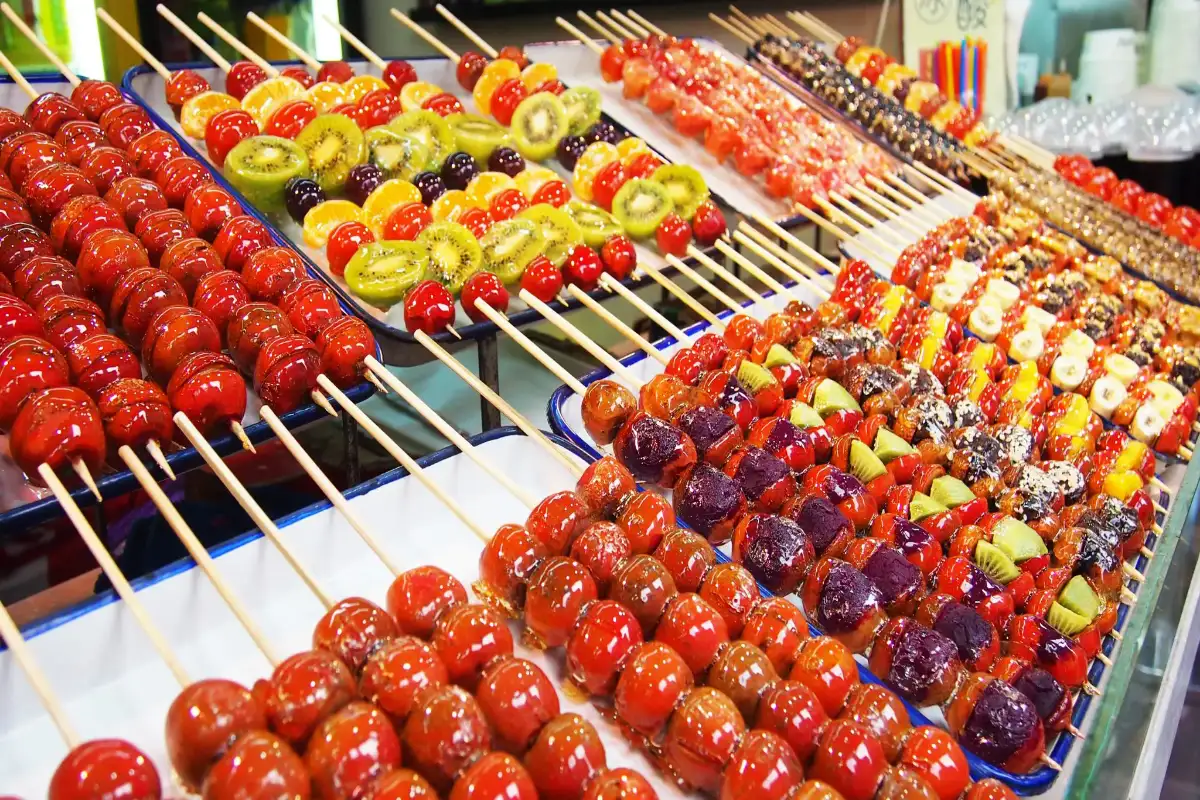
10. Beijing Yogurt – A Creamy Farewell
End your meal with Beijing Yogurt (老北京酸奶)—a thick, tangy yogurt served in small glass jars.
- What makes it unique: It’s less sweet than Western yogurts, with a rich, creamy texture. Some versions add honey or fruit for extra flavor.
- Where to buy: You’ll find it at street stalls, markets, and even some “Beijing cafe” spots—perfect for a post – meal refreshment.
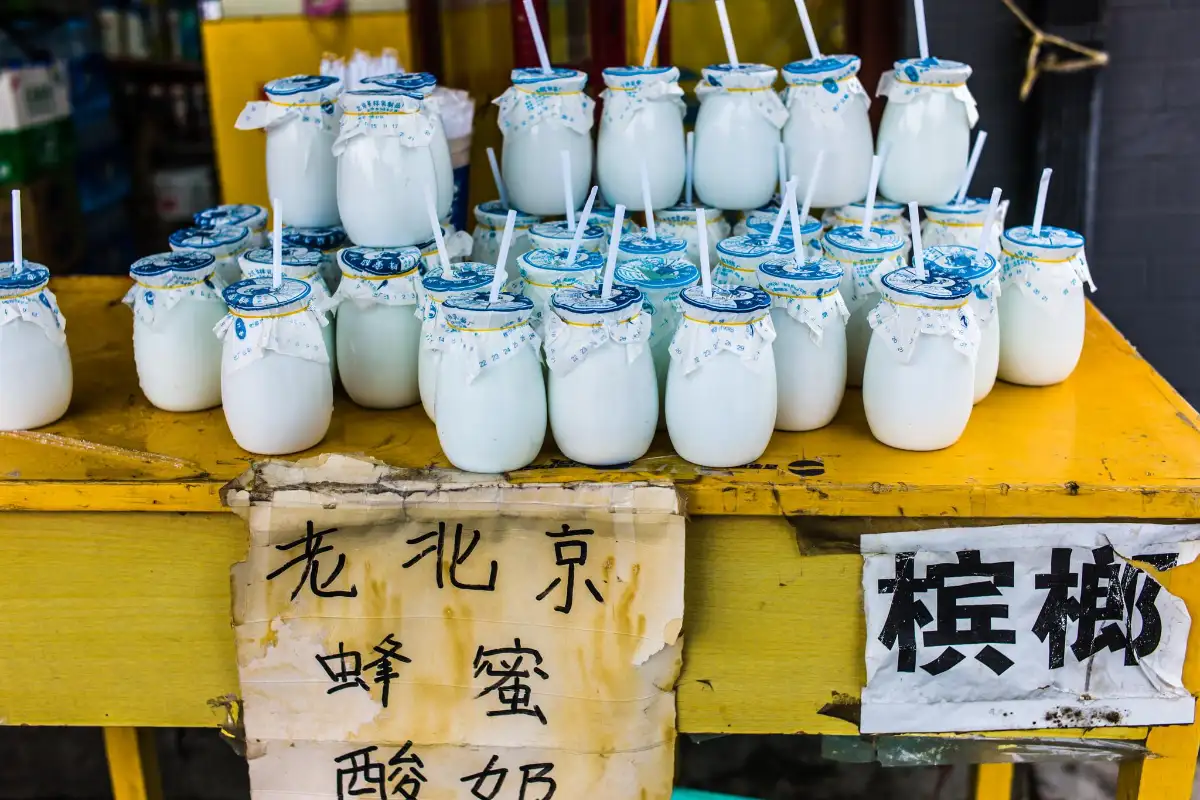
Conclusion
Beijing’s food scene is a journey through time, culture, and flavor. From the imperial opulence of Royal Court Cuisine to the cozy warmth of Zhajiangmian, there’s something for every palate. Whether you’re searching for “Beijing restaurant near me” or planning a trip to taste “Beijing Chinese food,” these 10 delicacies are your ticket to unforgettable culinary memories.
Ready to start your adventure? Share this guide with fellow foodies, pack your appetite, and book that trip—Beijing’s best dishes are waiting!
Note: For the latest updates on restaurant locations and seasonal specialties, check local guides or “Beijing menu” listings online. Bon appétit!

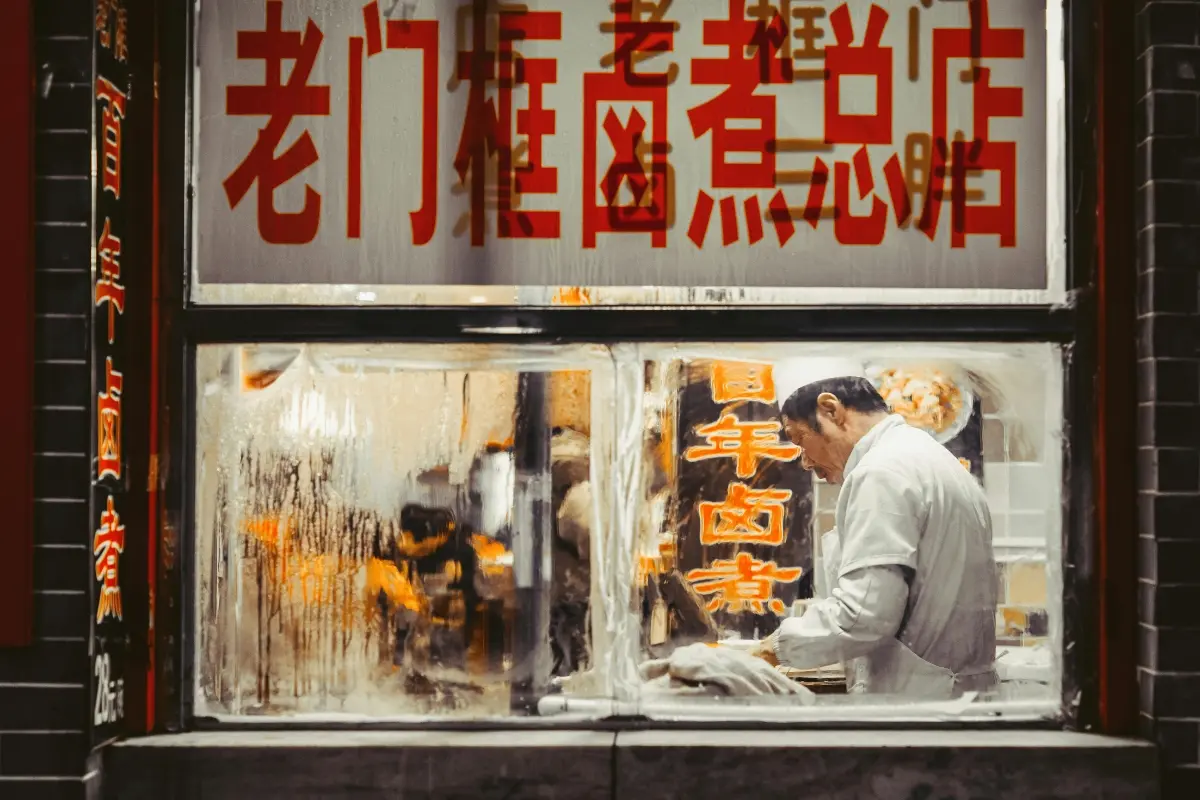
0 Comment